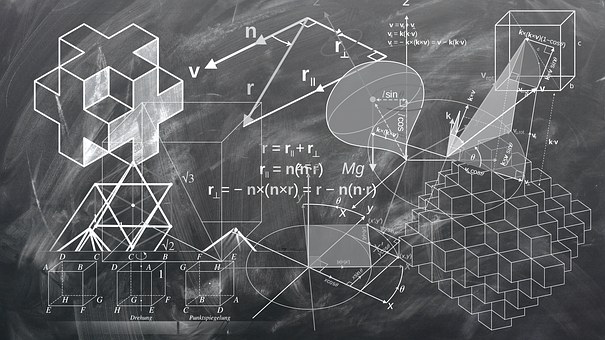POPULAR SERVICES
- Do my Statistics homework
- Academic writing help
- Do my Accounting homework
- Take my online class
- Biology homework help
- Physics homework help
- Assignment help
- Chemistry homework help
- Economics homework help
- Finance homework help
- English homework help
- College homework help
- Buy term paper
- Programming homework help
- Homework help
RELATED services
- Do my algebra homework
- Do my calculus homework
- Take my online math class
- Geometry homework help
- Math homework answers
- Math homework help
- Pay for math answers
- Websites that answers math problems
- Math Homework Help
- Math Homework Answers
- Solve My Math Problem
RELATED content
- What can you do with a mathematics degree
- How to organize your math homework
- Why math homework is important
- How to get math homework done fast
- How to make math interesting for students
- Importance of math education in learning
- How much math homework is too much
- How Math is used in other fields
- How to do math on a computer
- What is calculus
- What is mathematics
- What is trigonometry
- What is algebra
- History of mathematics

Geometry is a familiar word to many students who are taking mathematics courses. It is a branch of mathematics that deals with the study of shape, size, and positions of 2 and 3-dimensional shapes. Although Euclid, the ancient Greek mathematician is conventionally known as the "Father of Geometry," geometry studies arose independently in most of the early cultures. Geometry is a word that is derived from the Greek language to mean measurements of the sphere. Geometry as a course is a vital part of every student's curriculum from Kindergarten all the way to university and postgraduate study. Since many schools adopt the spiraling curriculum, geometry concepts become difficult as the level advances.
Euclidean Geometry
Euclid (365-300 B.C), with his famous works called "The Elements," is known as a pioneer in the field of geometry. Today, his rules of geometry are still observed. Euclidean geometry and plane geometry are studied throughout primary and secondary education. However, in most of the college math, non-Euclidean geometry has become a point of focus.
Early Schooling Geometry
The study of geometry in school helps a student to develop problem-solving and spatial reasoning skills. Generally, geometry is linked to mathematics topics which are concerned with measurements. In early schooling, geometry concepts are focused more on Solids and shapes. Students at this level learn about the properties and relationships of solids and shapes where they begin to comprehend transformations, deductive reasoning, symmetry, problem-solving skills and spatial reasoning.
Later schooling Geometry
With the progression of abstract thinking, geometry math help tends to become more of analysis and reasoning. In high school level, students understand how to analyze properties of two and three-dimensional shapes, coordinate system and geometric relationships reasoning. The study of geometry has provided students with many foundational skills which has helped them to build vital thinking skills of problem-solving, deductive reasoning, logic and analytical reasoning.
Topics in Geometry
Geometry involves the following topics primarily:
- Shapes and solids (Polygons)
- Lines and segments
- Triangles and angles
- Trigonometry
- Circumference of circles
- Coordinate Grids
- Conic sections
- Radians
- Platonic solids
Application of Geometry
Geometry is majorly used in architecture, art, robotics, engineering, astronomy, nature, space, sports, sculptures and much more. Some of the tools that are often used are protractors, graphing calculators, a pair of compasses and rulers.
Looking for "do my homework" help? Contact us now